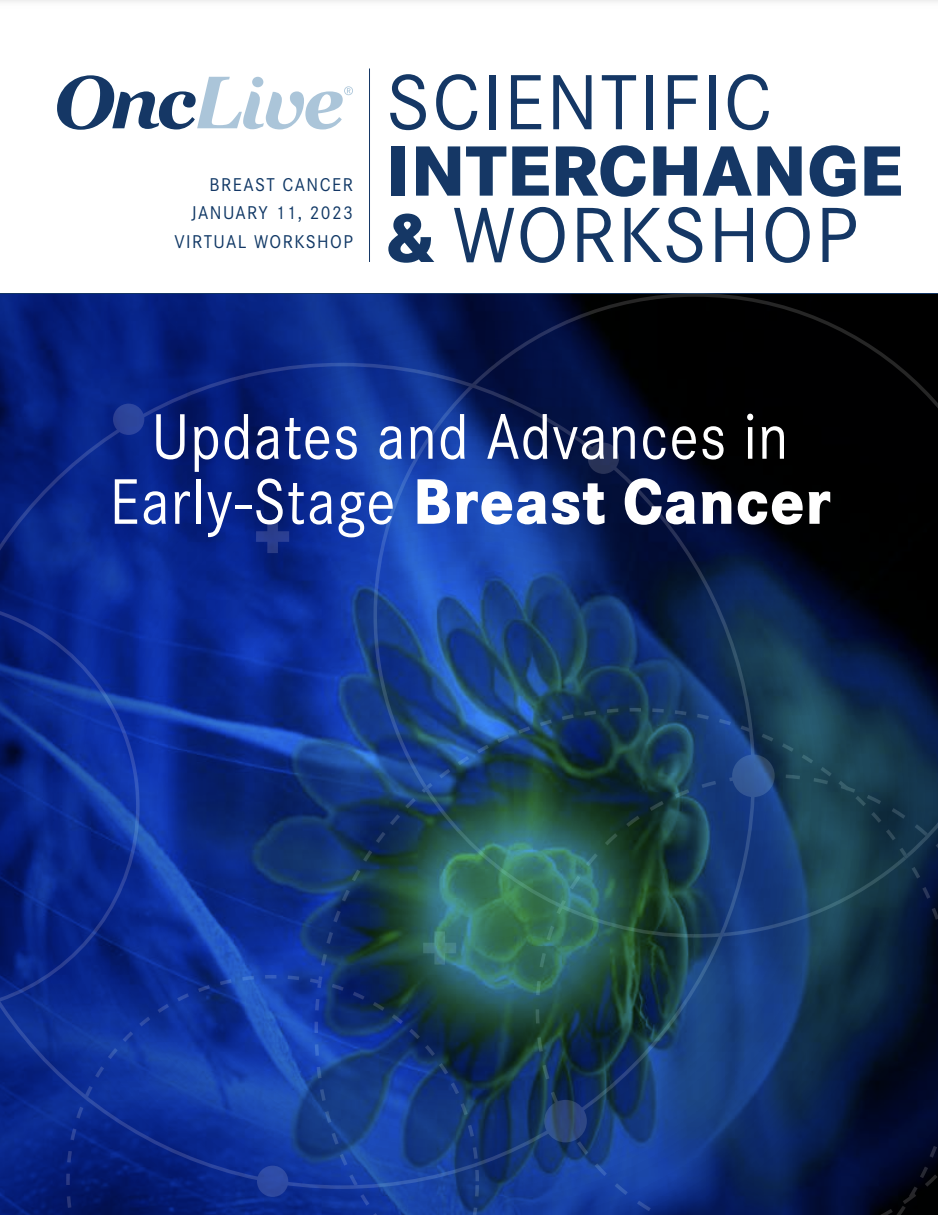Commentary
Video
Dr Curigliano on the Efficacy of T-DXd in HER2-Low and HER2-Ultralow Breast Cancer
Author(s):
Giuseppe Curigliano, MD, PhD, discusses findings from the phase 3 DESTINY-Breast06 trial of T-DXd in HER2-low or HER2-ultralow metastatic breast cancer.
Giuseppe Curigliano, MD, PhD, director, Early Drug Development Division, co-chair, Experimental Therapeutics Program, the European Institute of Oncology, discusses key findings from the phase 3 DESTINY-Breast06 trial (NCT04494425) investigating fam-trastuzumab deruxtecan-nxki (T-DXd; Enhertu) in patients with hormone receptor–positive, HER2-low or HER2-ultralow metastatic breast cancer who have received prior endocrine therapy.
DESTINY-Breast06 enrolled 866 patients who were randomly assigned to receive either T-DXd (n = 436) or investigator’s choice of chemotherapy (n = 430). At a median follow-up of 18 months, patients with HER2-low disease who received T-DXd (n = 359) achieved a statistically significant and clinically meaningful progression-free survival (PFS) benefit compared with those who received standard chemotherapy (n = 354), Curigliano says. The median PFS in the HER2-low population was 8.1 months per blinded independent central review with chemotherapy vs 13.2 months with T-DXd (HR, 0.62; 95% CI, 0.51-0.74; P < .0001). Furthermore, the median PFS in the intention-to-treat (ITT) population—comprising patients with both HER2-low or -ultralow disease—was 8.1 months with chemotherapy vs 13.2 months with T-DXd (HR, 0.63; 95% CI, 0.53-0.75; P < .0001).
A trend toward improved overall survival (OS) in the ITT population was observed with T-DXd vs chemotherapy in the landmark 1-year analysis, Curigliano notes. The 12-month OS rates were 81.1% with chemotherapy vs 87.0% with T-DXd (HR, 0.81; 95% CI, 0.65-1.00).
Efficacy outcomes with T-DXd in patients with HER2-ultralow disease were consistent with those seen with the agent in patients with HER2-low disease, Curigliano emphasizes. In the HER2-ultralow population, the median PFS was 8.3 months with chemotherapy (n = 76) vs 13.2 months with T-DXd (n = 76; HR, 0.78; 95% CI, 0.50-1.21). The 1-year OS rates were 78.7% in the chemotherapy arm vs 84.0% in the T-DXd arm (HR, 0.75; 95% CI, 0.43-1.29).
Clinical benefit with T-DXd vs chemotherapy was observed across prespecified subgroups of patients with HER2-low disease, according to Curigliano. The confirmed overall response rate with T-DXd was 57.3% in the ITT population and 61.8% in the HER2-ultralow population. In these respective populations, the clinical benefit rates with T-DXd were 76.6% and 76.3%.
No new safety signals with T-DXd have been observed, Curigliano explains. Notably, any-grade interstitial lung disease was reported in 11.3% of patients who received T-DXd, Curigliano concludes.










